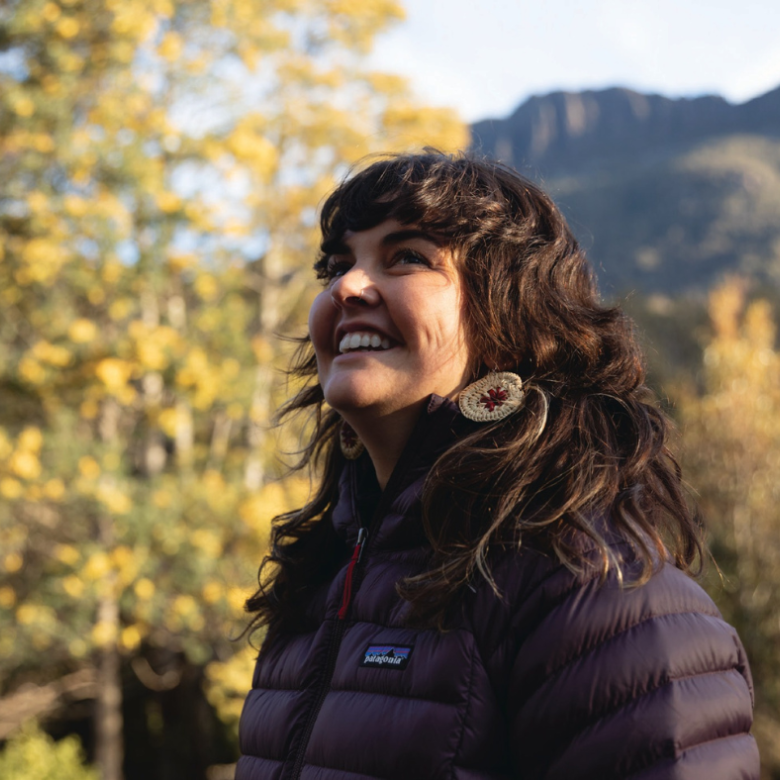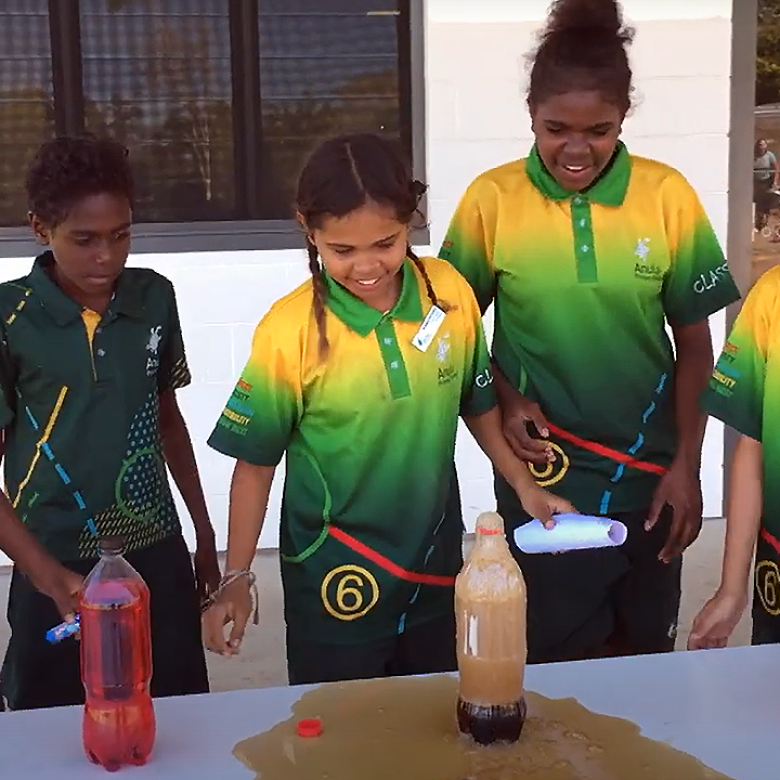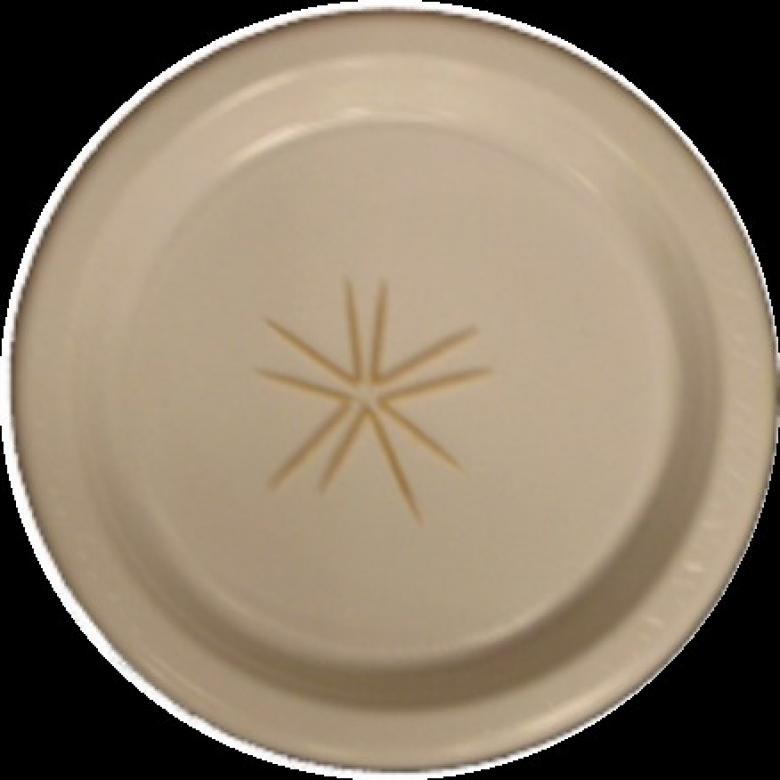You’ll need
- Food colouring (any colour you like)
- A clear jar or bottle with a tight-fitting lid
- Water
- Cooking oil (like vegetable or canola oil)
- Detergent
What to do
- Gather your materials on a flat surface.
- Add 3 drops of food colouring to the jar.
- One-third fill the jar with water.
- Add a similar amount of oil (so the jar is about two-thirds full).
- Screw the lid on tightly and shake the jar.
- Let the liquids settle for a couple of minutes. Watch what happens.
- Open the lid of the jar and add a few drops of detergent.
- Screw the lid on tightly and shake the jar again. Watch what happens.
Questions to ask
What happened to the water and oil after you let the mixture settle? Did they stay mixed together?
What was the top layer? What does this mean about its density?
What did the detergent do to the oil and water mixture? Why do you think this happened?
What's happening
Even when you try your best to mix oil and water together, they will still separate.
Oil and water don’t mix because water molecules are more attracted to each other than to oil molecules, and oil molecules are more attracted to each other than to water molecules. Water molecules are polar, meaning one side of the molecule has a negative charge while the other side has a positive charge. Because opposites attract, the positive side of water molecules are strongly attracted to the negative side of other water molecules. Oil molecules, on the other hand, are non-polar, meaning the charge is balanced across the molecule. They are not attracted to the charged water molecules – in fact, oil molecules are hydrophobic, or ‘water-fearing’. This means oil molecules are actually repelled by water molecules.
The oil always floats to the top because it is less dense than water. That means a cup of oil weighs less than a cup of water. Even though oil molecules are larger than water molecules, they can’t pack together as tightly.
Detergent molecules are attracted to both water and oil. This is because one end of a detergent molecule is polar, while the other end is non-polar. When you add detergent to oil and water, the polar end of each detergent molecule attaches to a water molecule, while the non-polar end attaches to an oil molecule. Mixing water, oil and detergent forms something called an emulsion, which is a stable mixture of 2 or more liquids that would not normally mix.
Did you know
Because detergent attaches to both oil and water, it’s great for washing the grease off dirty dishes. One end of the detergent molecule attracts the oil and grease, while the other end attaches to water to be washed away. Meanwhile, oil helps animals that live in oceans stay warm. The oil on their feathers or coat repels water, so the cold water is kept away from their skin.
Tim: Hi everyone, my name’s Tim and I’m from the Questacon Science Squad.
I’m going to show you how to make oil and water mix today.
(Camera pans to the table).
You need:
- some water
- some food colouring, any colour will do
- a jar with a tight fitting lid
- some detergent and
- some cooking oil
The first step is to take some of the food colouring and drop a few drops into the jar. One, two, three. There we go a couple of drops.
(Tim puts a few drops of food colouring into the jar)
And now take the water and fill it up to about one third of the way up. So, just pour it in. There we go.
(Tim pours some water into the jar)
And now take the cooking oil and put a similar amount of cooking oil in. So it will be about two thirds of the way up the jar. There we go.
(Tim adds some cooking oil to the jar)
So you can see it’s a bit of a globby mess at the moment. There’s a lot of little drops and bubbles all through it. If you leave that for about two minutes it’ll separate out.
But I can put this one aside because I made one a little bit earlier.
(Tim screws the lid on the jar and puts it to the side)
Here we have it here.
(Tim picks up the jar he prepared earlier)
You can see that the oil has started to separate out on top and the water is down the bottom.
(Tim points to the oil then to the water in the jar)
But I can make these two mix if I take the lid off, put in a squirt of detergent, a nice big squirt, put the lid back on, give it a big shake up.
(Tim takes the lid of squirts some detergent in then he replaces the lid and shakes the jar)
You can see that the oil and water have all mixed together.
(Camera zooms in on the jar)
If you want to find out why the oil and water mixed together, head to the Questacon Science Squad website. Catch you next time.








